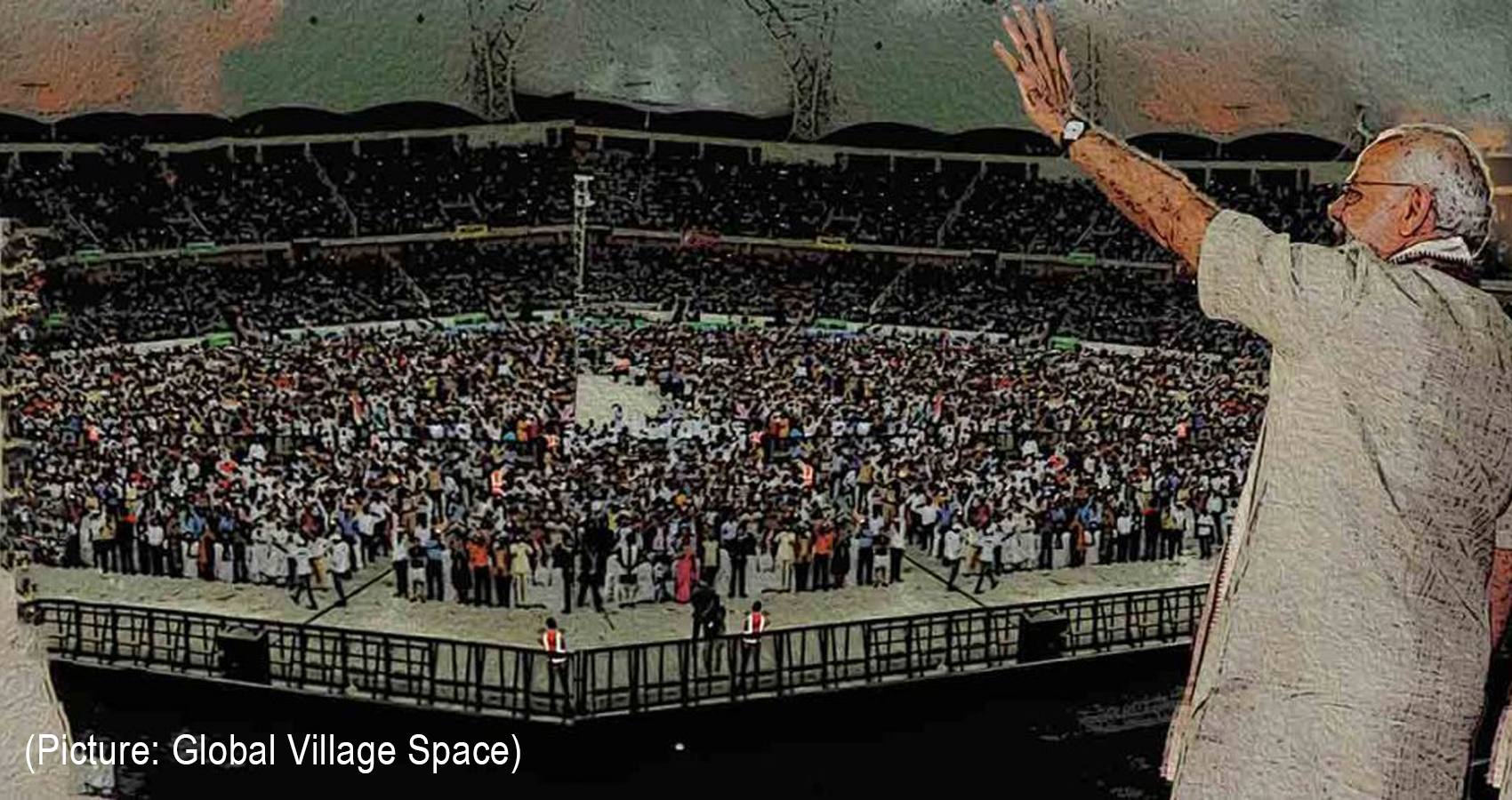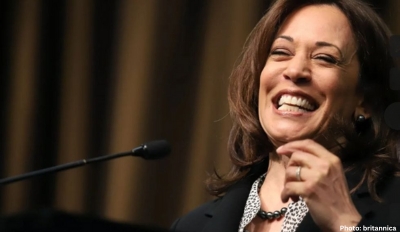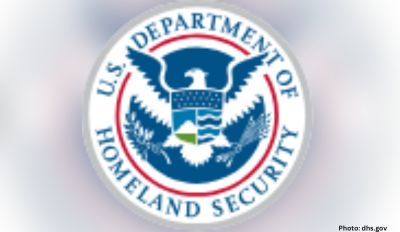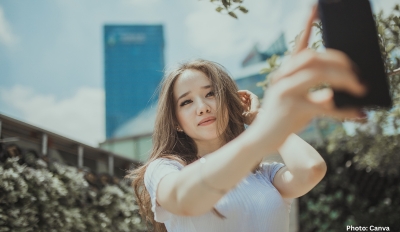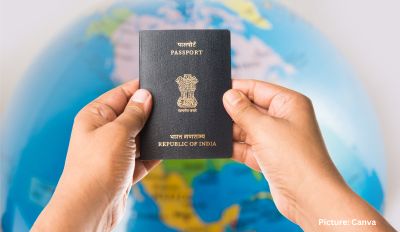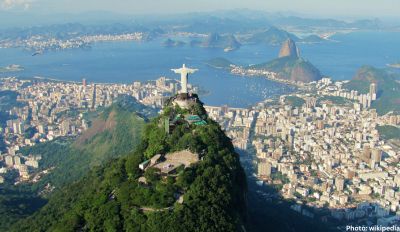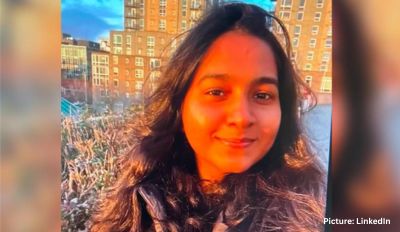The Indian diaspora spread throughout the world is a potent instrument of India’s vibrant soft power. It is one of the most robust and influential strategic assets in the hands of Indian policy makers today. It is being used increasingly to leverage the success of the Indian diaspora around the world and its keen desire to contribute to India’s economic development and enhance its status and prestige in the world.
People of Indian origin, non-resident Indians and overseas citizens of India have lived outside the country for centuries and millennia. In the initial years they went out for trade over the Silk Route to Central Asia and the Caucasus, to Southeast Asia as teachers, scholars and traders, and to African and Asian countries as indentured labour. In more recent years they have gone as students, as businessmen, professionals, entrepreneurs, scholars and for myriad other purposes. Their numbers, prosperity, profile and influence have continued to grow rapidly since India’s independence more than 70 years ago. This has provided a unique opportunity to the Indian establishment and decision makers to utilise their standing and networks in different parts of the world to promote understanding and cooperation between India and their host countries.
Historical Evolution
Even as far back as the bronze age (3,300-1,200 BCE), evidence has been uncovered of “Indus periphery” population living in Central Asia. The modern Indian merchant diaspora in Central Asia and Arabia emerged in the mid-16th century and remained active for over four centuries. Astrakhan at the mouth of the Volga was the first place in the Tsardom of Russia where an Indian merchant colony was established as early as 1610.
Another major emigration from the Indian subcontinent was to Southeast Asia. The first wave to this region appears to have occurred when Emperor Ashoka embraced Buddhism in the aftermath of his conquest over Kalinga and sent his senior priests to Southeast Asia to preach the gospel of Lord Buddha. The influence of Indian culture is still strongly felt in Southeast Asia with the royal Brahmins of Thailand (Rajkru) performing all state functions of the palace, celebration of festivals like Songkran (Water Festival), Loy Krathong (Festival of Lights), presence of architectural master-pieces like the Angkor Wat, Borobudur and Yogyakarta temples, remnants of Champa civilization in Vietnam etc. These are just a few examples of Indian presence in Southeast Asia from 300 BCE onwards.
During the mid-19th century until the end of World War I, much of the migration that occurred was of Girmitya indentured workers to other British colonies. The major destinations were Mauritius, Guyana, Trinidad and Tobago, Suriname, other parts of the Caribbean, Fiji, Réunion islands, Seychelles, Malay Peninsula, East Africa and South Africa.
After Indian independence in 1947, Indian nationals travelled extensively to USA and other countries in the west to pursue higher studies as also to realise their dreams of a better future by participating in the rapid economic growth of America and the west in the post-World War II years. Following the oil boom in West Asia starting from the ‘70s, large numbers of Indian professionals as well as skilled and semi-skilled blue collar workers migrated in large numbers to countries in the Gulf region including UAE, Saudi Arabia, Oman, Qatar, Kuwait and others.
Government Policy to Engage the Diaspora
The first concrete steps to positively leverage the potential of the Indian diaspora were taken by the government of Prime Minister Atal Behari Vajpayee by establishing a High Level Committee on the Indian Diaspora in September 2000. This committee was entrusted to prepare a comprehensive report on the Indian Diaspora, informing the Indian public of the achievements of the Indian origin nationals abroad, sensitizing it to their problems and their expectations from their mother country, proposing a new policy framework for creating a more conducive environment in India to leverage these invaluable human resources – and thus forging stronger ties between the Indian origin residents abroad and their mother land.
In pursuance of the extensive recommendations by this Committee, long and short term comprehensive policy measures were unveiled in subsequent years to engage India’s diverse diaspora such as launching of PIO (Person of Indian Origins) card scheme, organizing annual Pravasi Bharatiya Divas on 9th January (the day on which Mahatma Gandhi returned to India in 1915 after his twenty-two-year sojourn in South Africa), giving out Pravasi Bharatiya Samman Awards, offering OCI (Overseas Citizens of India) cards and so on. A separate Ministry of Overseas Indian Affairs was established which took several new initiatives for engaging the diaspora.
The Fresh Impetus
Some of the most consequential and momentous steps to engage the Indian diaspora have been initiated by Prime Minister Narendra Modi. Prime Minister Modi, during his visit to the USA in September 2014, soon after assuming office, to address the UN General Assembly spoke to a crowd of more than 20,000 Indian Americans as well as Indian Passport holders at the historic Madison Square Garden in New York. No other foreign leader had addressed such a huge crowd in USA before this.
The 4.2 million strong Indian American community in America accounts for a little over 1% of the total US population of 330 million but its influence transcends far above this figure. It is the most highly educated and most prosperous immigrant community in the USA. Most Indian Americans in the US are professionals who have earned high respect for themselves in the society. They are also politically influential and are wooed and sought by both the major political parties. Because of the fact that most of them are prosperous, they also contribute significantly financially to the coffers of the two parties. Increasingly large numbers of them are also contesting and getting elected to the House of Representatives or Senate and even as Governors of States.
It is a matter of satisfaction that in addition to Kamala Harris who has created history by becoming the first woman, first African American and first Indian American to become the vice-president of America, about twenty Indian Americans have been tapped by President Joe Biden to be members of his team. It should of course be borne in mind that all of them will work to promote American interests and power. It would however be reasonable to expect that most of them will be able to bring a clearer understanding and better appreciation of the challenges, aspirations, achievements and opportunities offered by India.
The 8 million strong Indian diaspora in the Gulf countries is a treasured resource for enhancing collaboration with the host countries. Indians in the Gulf remit more than US$ 40 billion annually to India out of the US$ 80 billion received globally. These inflows go a long way to shore up India’s current account deficit as also provide a significant economic impetus to States like Kerala, Andhra Pradesh and others who are among major recipients of these funds.Some of these Indian nationals were repatriated back to India recently on account of the coronavirus pandemic, the recipient countries are keen to invite them back as the economic situation normalizes because of the important contribution they make to the economies and societies of the host countries. They act as effective bridges of friendship and cooperation between India and these countries.
During the last 6 years India has emerged as a caring and nurturing motherland of the Indian diaspora stationed overseas. Starting with the former External Affairs Minister Sushma Swaraj and extending to the current incumbent Dr S Jaishankar, the leaderships and the Indian embassies are ready and available to provide succor, help and relief to members of Indian diaspora in distress, whether in conflict zones as happened in Yemen or during natural disaster like earthquake of Nepal etc.
Conclusion
Nearly 2% of Fortune 500 companies are led by Indians eg, Mastercard, Adobe, Google, Microsoft, IBM and several others. The investment world is also spearheaded by famous Indian figures such as Vinod Khosla. Globally, Indian business figures like Piyush Gupta and Vasant Narasimhan head DBS Bank and Novartis respectively. The Indian government provides a welcoming environment to the Indian diaspora to invest in India. This is a win-win proposition for the investors, for India as well as for the countries where the diasporas are based. Going forward, India should pro-actively reach out and provide all facilities to encourage increasing inflows of capital,technology and supply chains to India.
PM Modi has continued to reach out and connect with members of the Indian communities in all countries he has visited over the last six years. To each country he visited he carried special gifts in terms of providing OCI cards, e-visas, better facilities and privileges in India, and more opportunities to expand cooperation between India and its diaspora dispersed all over the globe. The Indian pravasis can play a pivotal role in the movement to make Bharat truly Atmanirbhar in the challenging global circumstances that we confront today.
(Picture: Global Village Space)

